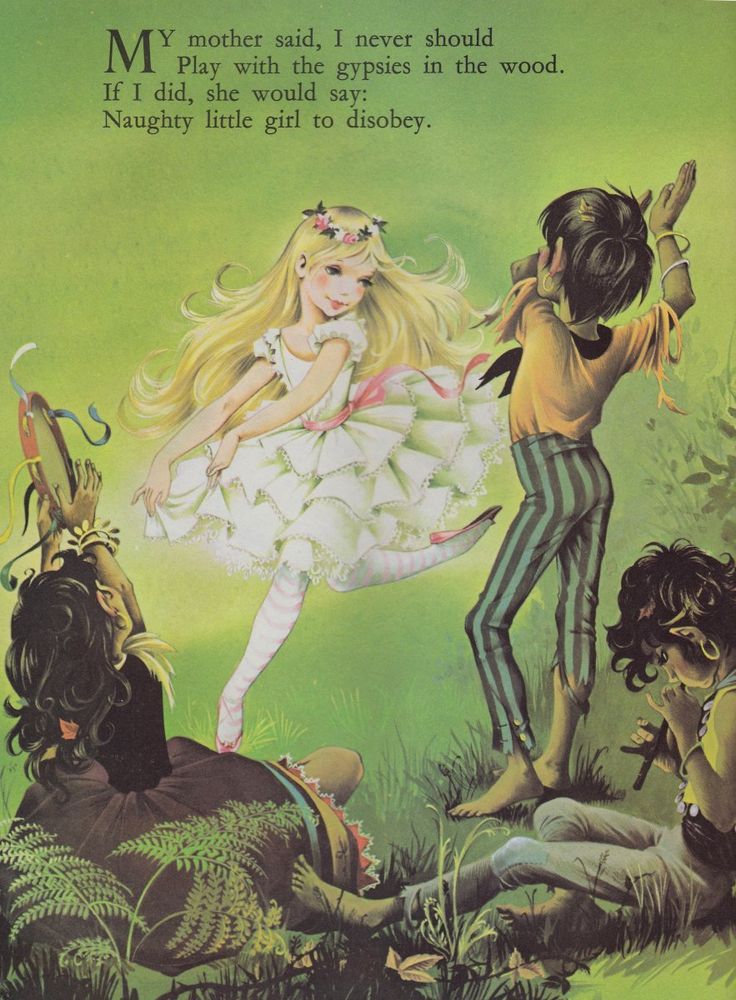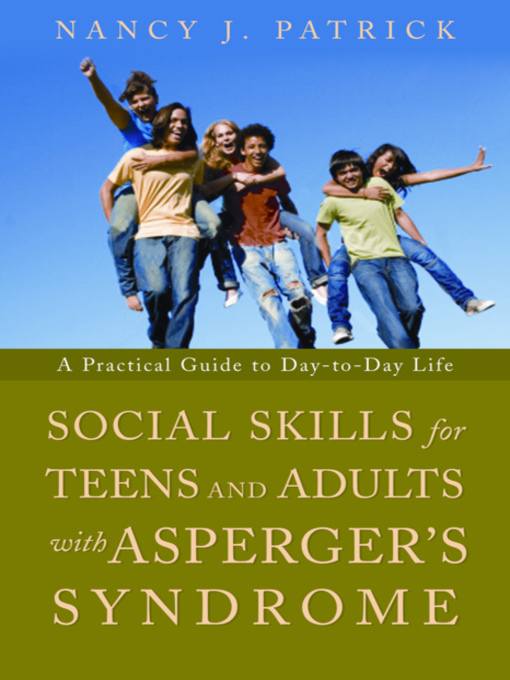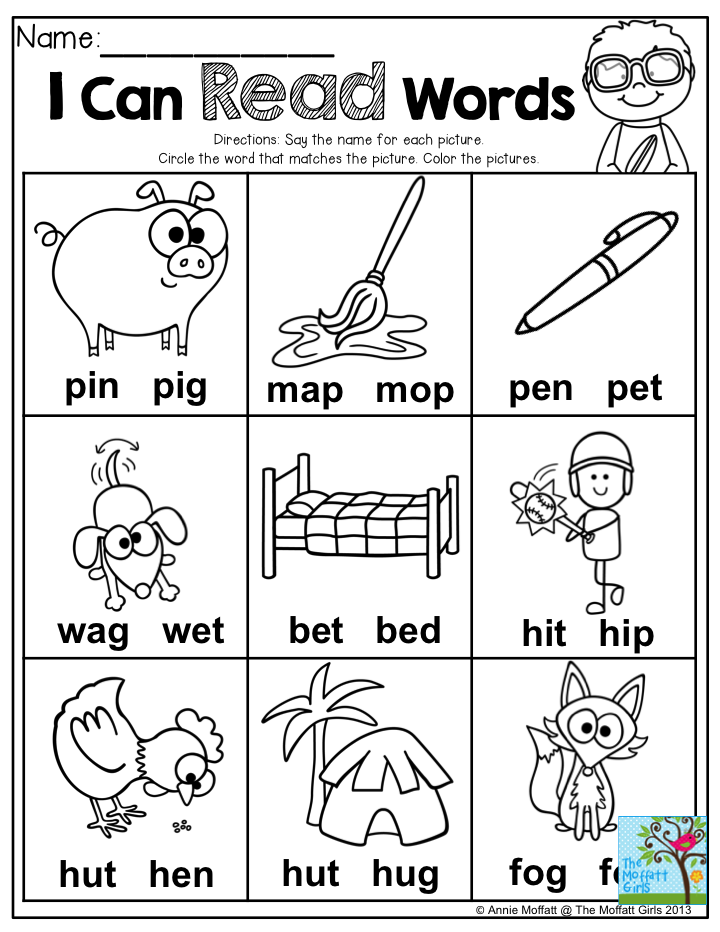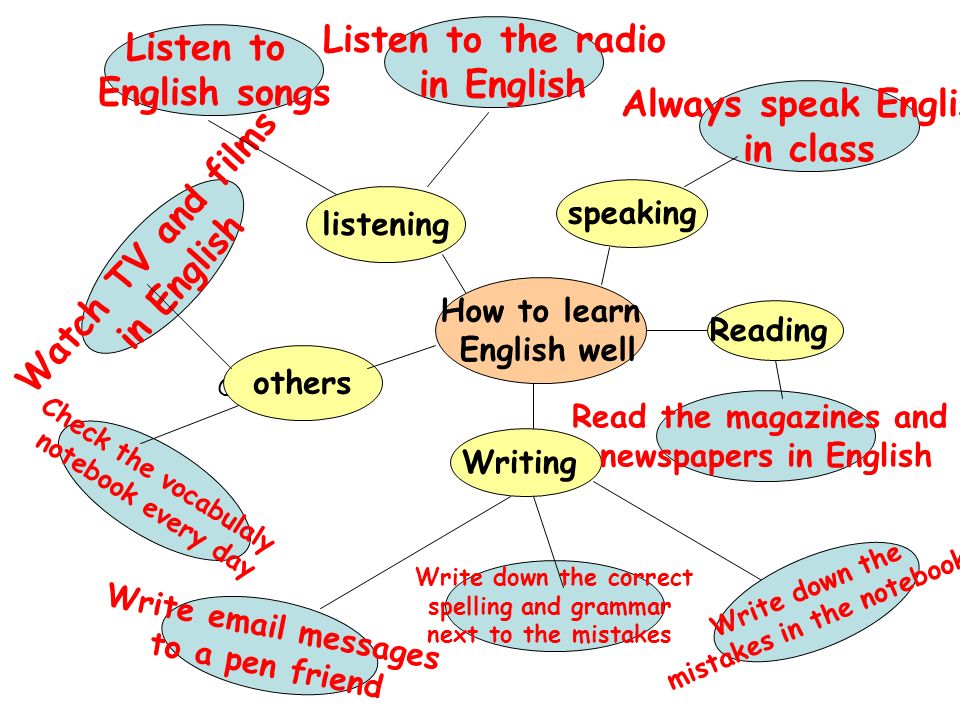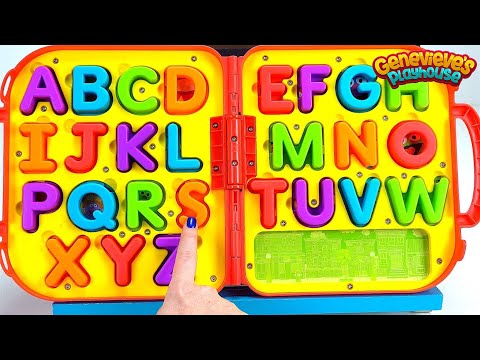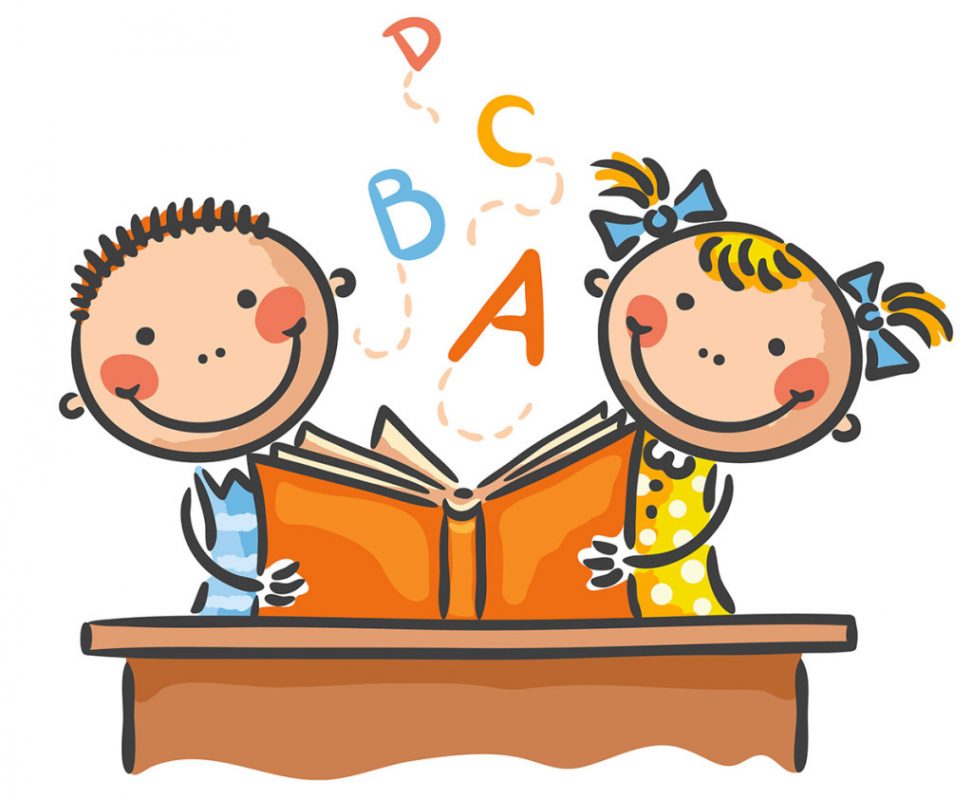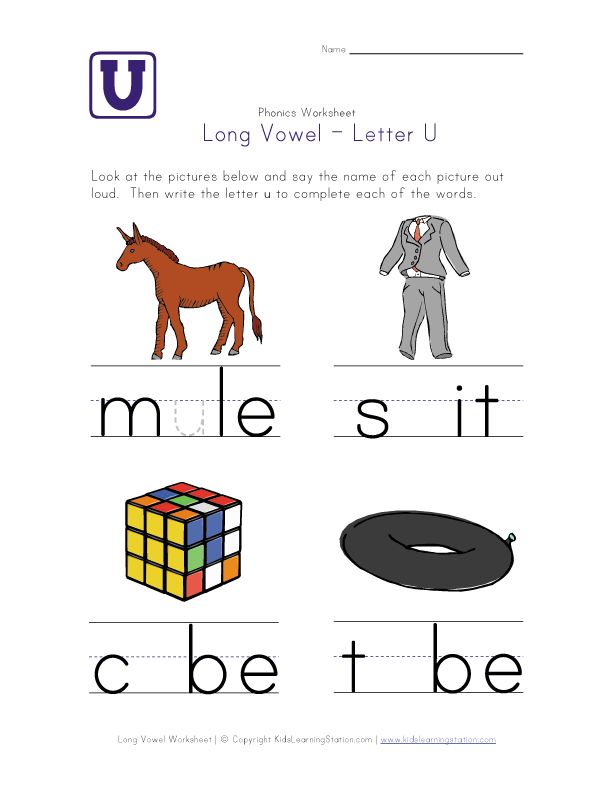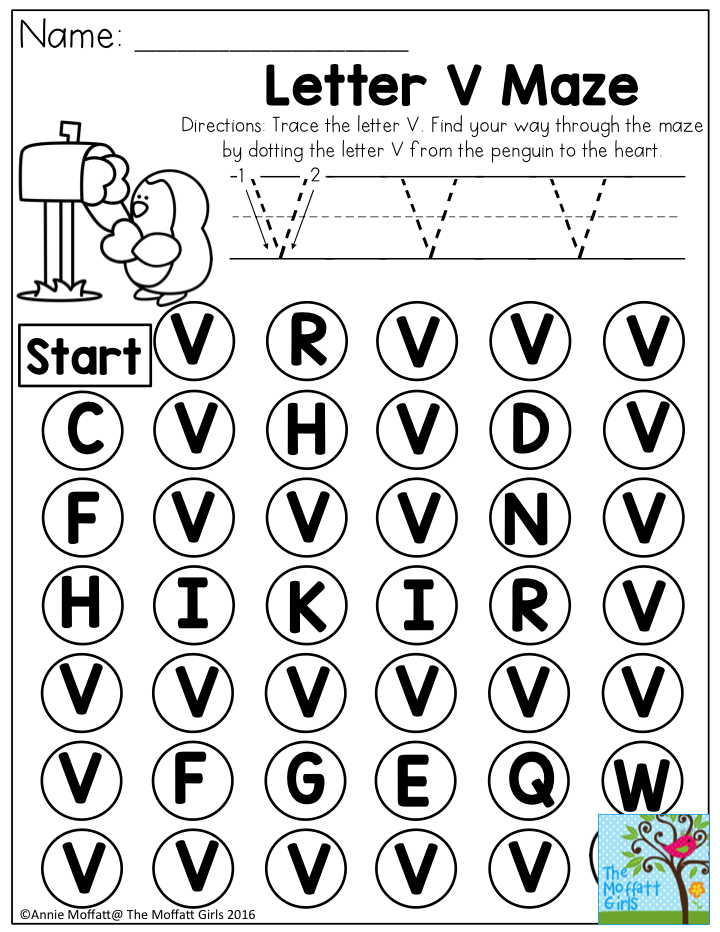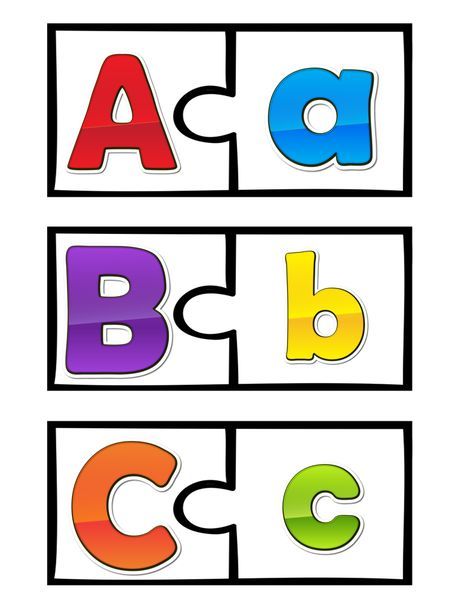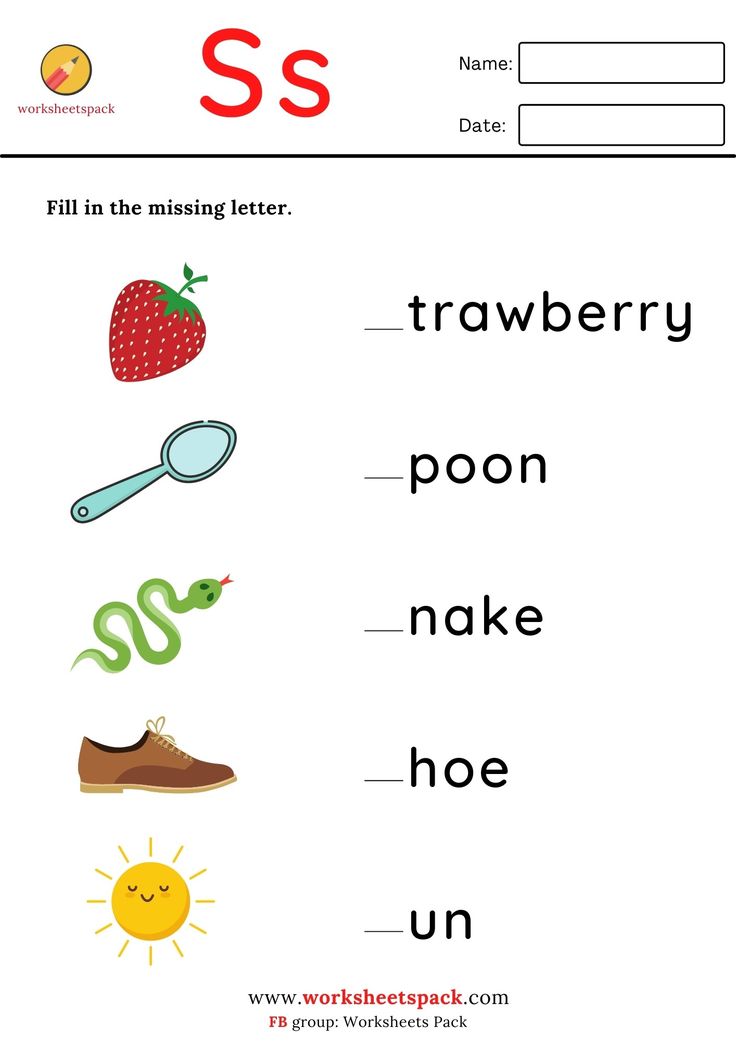Rhymes with fairytale
Near rhymes with fairytaleB-Rhymes | B-Rhymes
| Word | Pronunciation | Score ? | ||
|---|---|---|---|---|
| 1 | descale | dees_ke_il | 2942 | Definition |
| 2 | regale | rige_il | 2763 | Definition |
| 3 | bedale | beede_il | 2754 | Definition |
| 4 | impale | impe_il | 2744 | Definition |
| 5 | derail | deere_il | 2744 | Definition |
| 6 | detail | deete_il | 2741 | Definition |
| 7 | detailed | deete_il_d | 2741 | Definition |
| 8 | retail | reete_il | 2741 | Definition |
| 9 | entail | ente_il | 2737 | Definition |
| 10 | engrailed | eng_re_il_d | 2717 | Definition |
| 11 | curtail | kuhrte_il | 2712 | Definition |
| 12 | stale | s_te_il | 2712 | Definition |
| 13 | tail | te_il | 2712 | Definition |
| 14 | tale | te_il | 2712 | Definition |
| 15 | tales | te_il_z | 2712 | Definition |
| 16 | trail | t_re_il | 2712 | Definition |
| 17 | dail | de_il | 2702 | Definition |
| 18 | dale | de_il | 2702 | Definition |
| 19 | kale | ke_il | 2702 | Definition |
| 20 | pail | pe_il | 2702 | Definition |
| 21 | pale | pe_il | 2702 | Definition |
| 22 | percale | puhrke_il | 2702 | Definition |
| 23 | quail | k_we_il | 2702 | Definition |
| 24 | scale | s_ke_il | 2702 | Definition |
| 25 | scaled | s_ke_il_d | 2702 | Definition |
| 26 | bail | be_il | 2692 | Definition |
| 27 | braille | b_re_il | 2692 | Definition |
| 28 | gael | ge_il | 2692 | Definition |
| 29 | gail | ge_il | 2692 | Definition |
| 30 | gale | ge_il | 2692 | Definition |
| 31 | grail | g_re_il | 2692 | Definition |
| 32 | teasdale | teezde_il | 2687 | Definition |
| 33 | greendale | g_reende_il | 2687 | Definition |
| 34 | prevail | p_rive_il | 2665 | Definition |
| 35 | bewail | biwe_il | 2665 | Definition |
| 36 | female | feeme_il | 2622 | Definition |
| 37 | females | feeme_il_z | 2622 | Definition |
| 38 | ponytail | puh_uunite_il | 2619 | Definition |
| 39 | rebuild | reebil_d | 2604 | Definition |
| 40 | abigail | aabige_il | 2598 | Definition |
| 41 | resale | reese_il | 2596 | Definition |
| 42 | swale | s_we_il | 2593 | Definition |
| 43 | male | me_il | 2593 | Definition |
| 44 | mailed | me_il_d | 2593 | Definition |
| 45 | me_il | 2593 | Definition | |
| 46 | jail | je_il | 2593 | Definition |
| 47 | gaol | je_il | 2593 | Definition |
| 48 | avail | uhve_il | 2593 | Definition |
| 49 | travail | t_ruhve_il | 2593 | Definition |
| 50 | vail | ve_il | 2593 | Definition |
| 51 | yale | ye_il | 2593 | Definition |
| 52 | whale | we_il | 2593 | Definition |
| 53 | wale | we_il | 2593 | Definition |
| 54 | wail | we_il | 2593 | Definition |
| 55 | veiled | ve_il_d | 2593 | Definition |
| 56 | veil | ve_il | 2593 | Definition |
| 57 | vale | ve_il | 2593 | Definition |
| 58 | grisaille | g_rize_il | 2576 | Definition |
| 59 | farthingale | farrdhingge_il | 2572 | Definition |
| 60 | beguile | bigah_il | 2570 | Definition |
| 61 | assail | uhse_il | 2567 | Definition |
| 62 | sail | se_il | 2567 | Definition |
| 63 | sale | se_il | 2567 | Definition |
| 64 | sales | se_il_z | 2567 | Definition |
| 65 | snail | s_ne_il | 2567 | Definition |
| 66 | nightingale | nah_itingge_il | 2553 | Definition |
| 67 | martingale | marrtin_nge_il | 2549 | Definition |
| 68 | ail | e_il | 2548 | Definition |
| 69 | ale | e_il | 2548 | Definition |
| 70 | freestyle | f_rees_tah_il | 2547 | Definition |
| 71 | inhale | inhe_il | 2546 | Definition |
| 72 | fishtail | fishte_il | 2532 | Definition |
| 73 | fantail | faante_il | 2532 | Definition |
| 74 | entrails | ent_re_il_z | 2532 | Definition |
| 75 | dovetailed | davte_il_d | 2532 | Definition |
| 76 | dovetail | davte_il | 2532 | Definition |
| 77 | cocktail | kokte_il | 2532 | Definition |
| 78 | bobtail | bobte_il | 2532 | Definition |
| 79 | hightail | hah_ite_il | 2532 | Definition |
| 80 | horsetail | hawr_ste_il | 2532 | Definition |
| 81 | oxtail | ok_ste_il | 2532 | Definition |
| 82 | yellowtail | yeluh_uute_il | 2532 | Definition |
| 83 | wagtail | waagte_il | 2532 | Definition |
| 84 | telltale | telte_il | 2532 | Definition |
| 85 | swordtail | sawr_dte_il | 2532 | Definition |
| 86 | swallowtail | s_woluh_uute_il | 2532 | Definition |
| 87 | pintail | pinte_il | 2532 | Definition |
| 88 | pigtail | pigte_il | 2532 | Definition |
| 89 | exhale | ek_she_il | 2530 | Definition |
| 90 | chippendale | chipuhnde_il | 2522 | Definition |
| 91 | clydesdale | k_lah_id_zde_il | 2522 | Definition |
| 92 | glendale | g_lende_il | 2522 | Definition |
| 93 | lauderdale | lawduhrde_il | 2522 | Definition |
| 94 | rosedale | ruh_uuzde_il | 2522 | Definition |
| 95 | scarsdale | s_karr_zde_il | 2522 | Definition |
| 96 | scottsdale | s_kot_sde_il | 2522 | Definition |
| 97 | truesdale | t_ruuzde_il | 2522 | Definition |
| 98 | trial | t_rah_il | 2518 | Definition |
| 99 | tiled | tah_il_d | 2518 | Definition |
What is B-Rhymes?
B-Rhymes is a rhyming dictionary that's not stuck up about what does and doesn't rhyme. As well as regular rhymes, it gives you words that sound good together even though they don't technically rhyme.
Words That Rhyme With "Fairytale"
Rhymes | Synonyms
include near rhymes
Filter Resultsshow rare words
show proper nouns
show consonances
All|Nouns|Verbs|Adjectives|Adverbs
1 syllable:
ail, ale, bail, baile, bale, Bayle, brail, braille, cale, dail, dale, drail, fail, flail, frail, Gael, gail, gale, gaol, Gayle, grail, hail, hale, jail, Kael, kail, kale, mail, maile, male, nail, pail, pale, quail, quale, Quayle, rail, sail, sale, salle, scale, shale, snail, spale, squail, stale, swale, tael, tail, taille, tale, they'll, trail, vail, vale, veil, wail, wale, whale, Yale
2 syllables:
assail, avail, bewail, camail, canaille, Carrell, curtail, derail, descale, detail, email, empale, engrail, entail, exhale, Hallel, impale, inhale, Jarrell, outsail, percale, prevail, rafale, regale, resail, Sangraal, sangrail, surveil, tenaille, travail, unnail, unveil
3 syllables:
disentail, marital, paravail
4 syllables:
premarital
5 syllables:
extramarital
90,000 Summary of the Extracurricular Reading lesson in grade 3 on the Russian Tale RhymeTopic: Reading in the roles of the Russian fairy tale “Rhyme”
Purpose: To introduce the Russian fairy tale “Rhymes” , develop skills
expressive reading, the ability to read a literary text in roles,
consolidate students' knowledge of rhyme, develop memory, imagination
students, cultivate respect for people.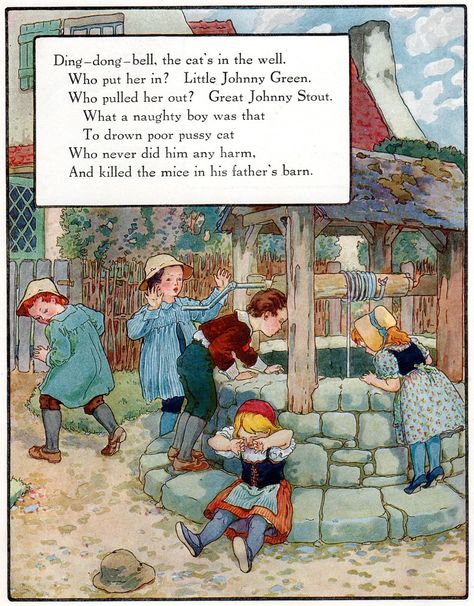 nine0009
nine0009
I. Class organization.
- Hello kids,
Girls and boys.
- The bell rang loudly,
So the lesson started.
- So that the lesson goes like in a fairy tale,
Let's prepare our bundles.
II. Exercise "Patter"
On a black night a black cat
Jumped into a black chimney. nine0009
Blackness in the chimney
Find the cat there.
(and reading at a slow pace under the guidance of a teacher - breathing at
end of the line.
b. Reading on one breath.
centuries. Reading without stopping.)
III. Check homework.
- Well done. And now, guys,
Answer my question:
"What did you ask home?"
1. Exhibition of illustrations.
2. Expressive reading poems by D. Kharms "The Amazing Cat".
- When should you raise your voice and when should you lower it?
- What feelings did the hero experience?
- Reading a poem by children.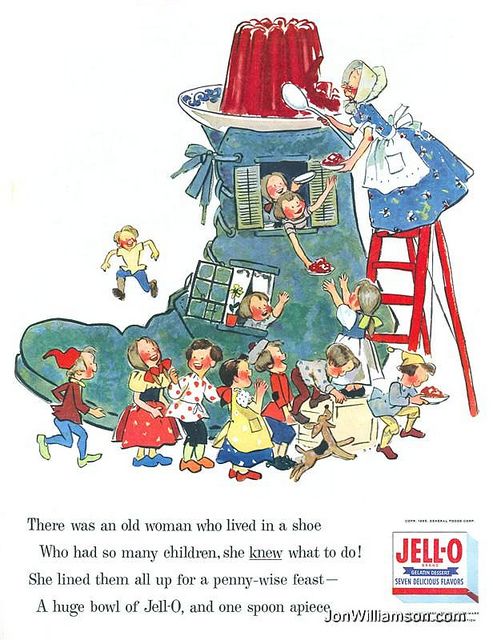
- You did a great job, friends,
Well, you can’t live without fairy tales.
IV. Motivation of educational activity.
- observation of the composition and language of fairy tales.
- Guys, what kind of fairy tales have such a beginning: “Once upon a time ...”?
- Read the names of Russian folk tales from the board (“Sister
Alyonushka and ...”, “Geese-swans”, “Havroshechka”, “Morozko”).
- Now read the beginnings and try to determine which fairy tale
applies to each of them.
- But not all fairy tales have such a beginning. nine0009
V. Self-determination to activities.
- There are a lot of Russian fairy tales.
The theme of our lesson
"Fairy tale "Rhymes".
We will read the fairy tale,
play its roles.
Well, make up rhymes.
VI. Primary perception and awareness of the new material.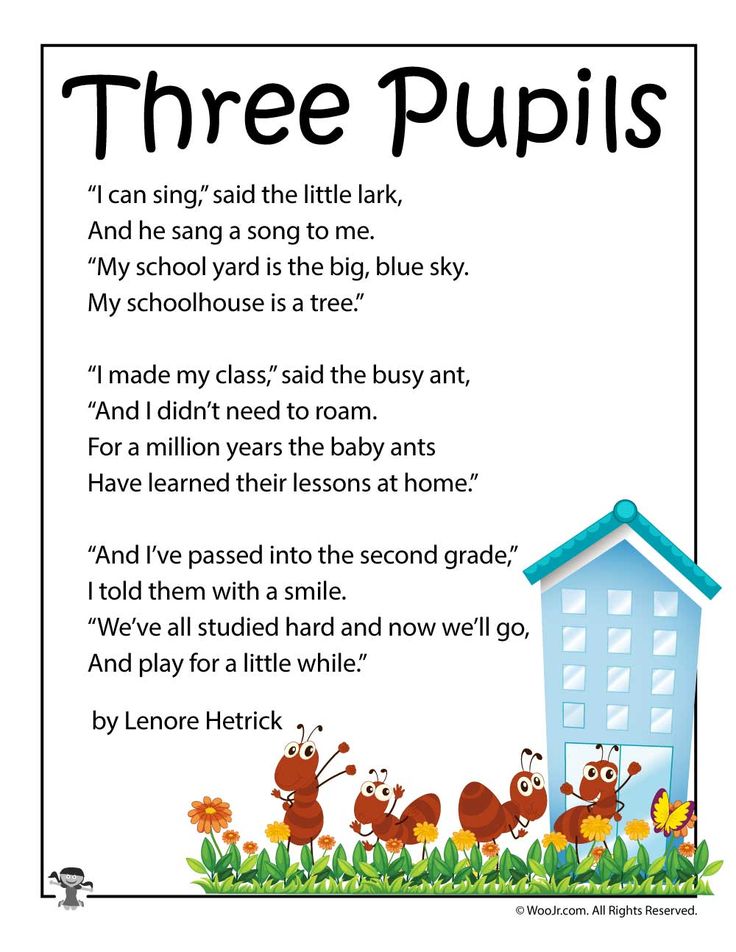
1. Vocabulary work.
- What do you think rhymes are?
- Tsvetik Dunno from N. Nosov's trilogy "The Adventures of Dunno and
his friends" explained as follows: read the card under No. 1 and find out,
how the poet Tsvetik explained to Dunno what rhyme is.
“Rhyme is when two words end in the same way. For example:
duck - joke, shortbread - walrus.
- We will not guess,
- We will get an explanatory dictionary
And let's read, without looking into the distance,
What Vladimir Dal writes.
- Card number 2 contains an excerpt from V. Dahl's dictionary. Read,
, how Vladimir Dal explains the meaning of the word "rhyme".
2. Children listening to Russian fairy tales "Rhymes".
- Did you like the fairy tale? What exactly did you like? Can the
act of the uncle be called fair? Why?
- What would you do if you were Shisha? nine0009
Physical education minute (to the song from the cartoon)
3.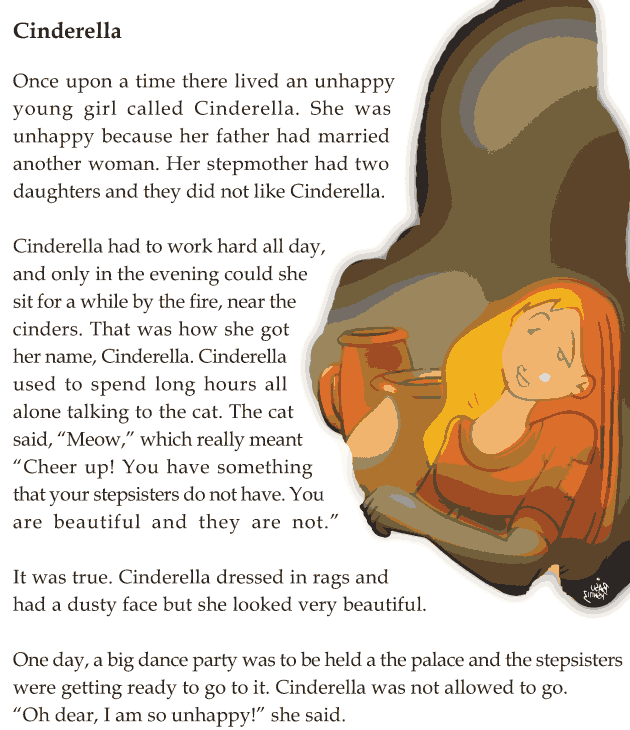 Preparing to read a fairy tale chain.
Preparing to read a fairy tale chain.
- read the words, explain their meaning (tvovo, got excited)
4. Reading a fairy tale in a chain.
5. Answers to questions
- How do you think Shish was?
- Do you think the man understood what rhymes are? Why do you think so
?
- What rhyming lines did you find the funniest?
6. Illustration for a fairy tale.
- Carefully consider the illustration for the fairy tale.
- Which passage from the fairy tale is illustrated? Read.
- Is it possible to determine the character of Shisha and
uncles with the help of an illustration?
- Do you think Shish understood that he offended the person?
- Open the notebook on page 28, read who Shish is and you find out
Why didn't he realize that he offended a kind man.
- So why didn't he understand? (Unclean power)
Ovin is…
7. Fairy tale dramatization.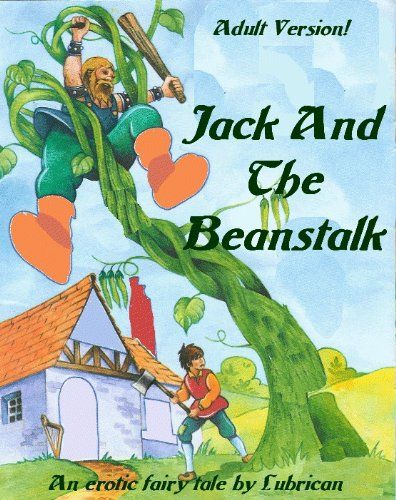
- What was Shish like? (cunning)
- How did the man's mood change?
- How many people do you need for a dramatization?
8. Definition of the main idea of the tale.
- Read the lines that express the main idea of the tale. nine0009
- Can it be supplemented with such proverbs: “Think first,
then speak”, “The word is not a sparrow, it will fly out - you won’t catch it.”
V. Summary of the lesson. Reflection.
1. Game "Rhymes". (pick up rhymes for words: lessons (magpies), read
(played), rhyme (read), heroes (two).
2. Group work.
- Divide into groups of 4 people.
- Come up with a second line so that it rhymes with the one
that is written on the card.
1) We are at the lesson today
The fairy tale about Shisha was read
(and it was played in roles)
3) We discussed the heroes
(and there were two of them in the fairy tale)
4) We learned to rhyme,
(read expressively)
- I hope that the lesson was not in vain
Thanks to our work.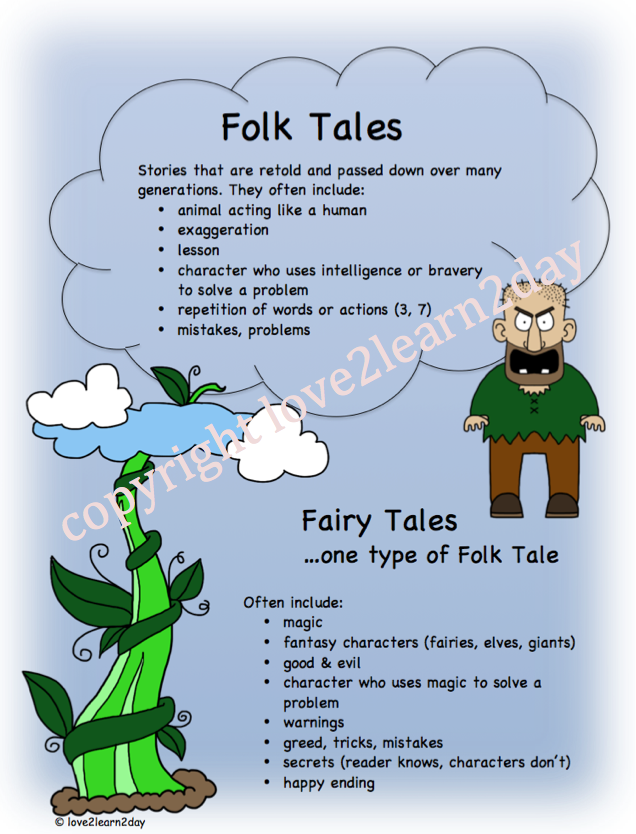
And before you compose rhymes
You will remember our lesson.
You will now hear the bell
Because the lesson has come to an end.
Children have drawings depicting Shish without a mouth.
- If you liked the lesson,
Draw a smile on Shisha.
If vice versa -
Draw a sad mouth.
VI. Homework: read a fairy tale roles, compose funny rhymes.
Sample Literature Test for Grade 5 Students
Dear friend! You have to complete tasks that test your preparation in Russian literature. You will need a textbook to answer the following questions.
We wish you success!
Task #1.
Please read the introductory article of the textbook to the topic "From the fables of the peoples of the world" (pp. 67-69) and answer the question "What is Aesop's contribution to literature?"
Aesop's merit can be called the fact that he was the first to invent the fable as a genre of literature.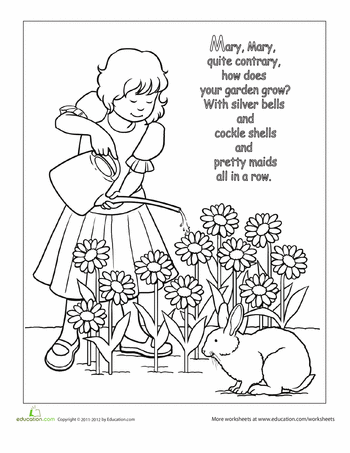 Aesop used the fable as a weapon for the defense of the oppressed. He ridiculed the vices of people, entertaining and teaching people.
Aesop used the fable as a weapon for the defense of the oppressed. He ridiculed the vices of people, entertaining and teaching people.
Task #2.
Questions from the section "From the fables of the peoples of the world":
- How do you understand what Aesopian language is?
Aesopian language is an allegorical language, which, under the guise of a joke and entertainment, is used for ridicule and teaching. nine0009
- Is the fable a fictional, entertaining and instructive story?
Yes, the fable can be called an instructive story in which all vices are ridiculed and a collective image is used. The main characters of the fable are animals
- When did Russian fables appear? And in the works of which writers did this genre begin to develop rapidly?
The Russian fable originated in ancient times, but received its main and rapid development in the 18th century. The fable as a genre was quickly developed by V.K. Trediakovsky, A.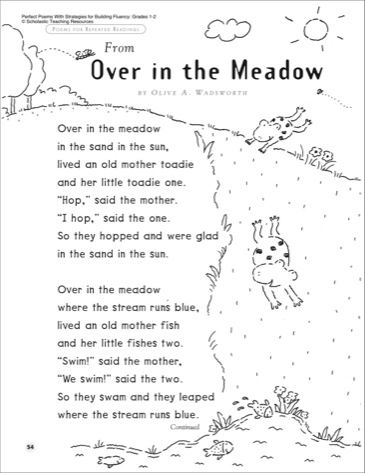 P. Sumarokov, V.I. Maukov, M.V. Lomonosov, I.A. Krylov. nine0009
P. Sumarokov, V.I. Maukov, M.V. Lomonosov, I.A. Krylov. nine0009
- Read the fable of M.V. Lomonosov (p. 76). What did the famous scientists Copernicus and Ptolemy argue about? How did the chef resolve this dispute? What did the author want to say with his work?
Scientists argued: the Sun revolves around the Earth, or vice versa. The cook solved this issue in a simple way, he pointed out that it is not the hearth that revolves around the roast, but vice versa. Thus, we can say that the author did not simply introduce a simple cook into the fable, the author shows that sometimes complex solutions are on the surface, and an ordinary person can find a simple answer to a complex question. nine0009
- At V.K. Trediakovsky has a fable “The Raven and the Fox”, A.P. Sumarokov - "The Crow and the Fox", by I.A. Krylov - "The Crow and the Fox". What do these fables have in common and how do they differ?
These fables have a lot in common: first, the title. Secondly, the idea of the fable is the same.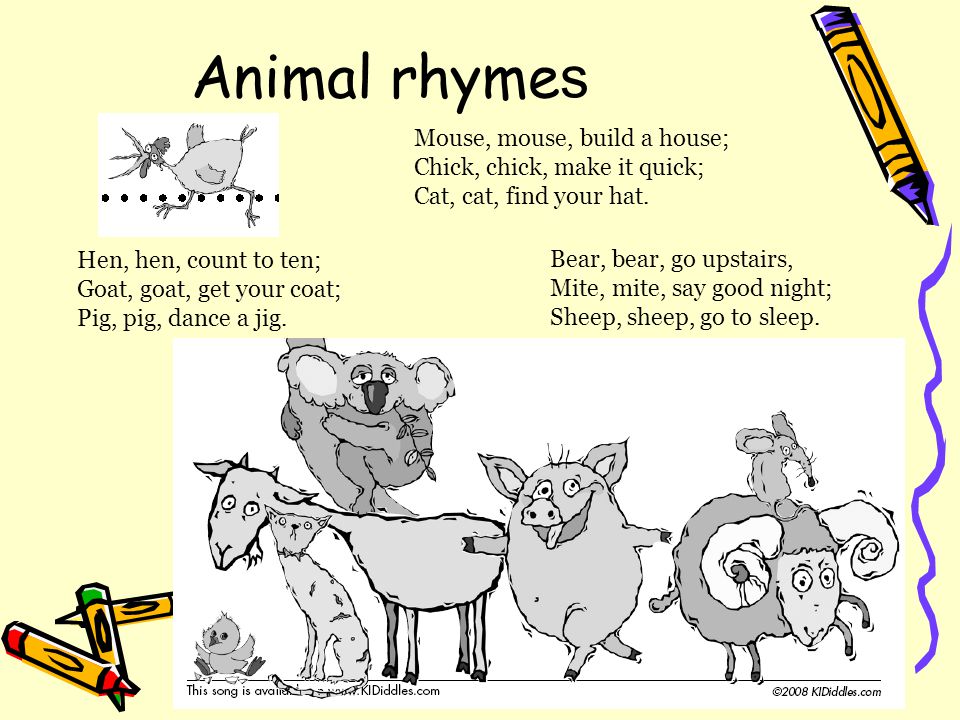 Thirdly, the same human vices are ridiculed: cunning, pride, boasting.
Thirdly, the same human vices are ridiculed: cunning, pride, boasting.
These fables differ in the language of presentation.
- What historical event is the fable of I.A. Krylov "Wolf in the kennel" nine0009
- Write out the moral of I.A.'s fable Krylov "Pig under the oak"
The ignoramus is also in blindness
He scolds science and learning
And all scientific works,
Not feeling that he eats their fruits.
- Read the fable of S.V. Mikhalkov "Mushrooms". What hidden meaning did the fabulist put in this little story?
It seems to me that with this fable, SV Mikhalkov, with the fable “Mushrooms”, wanted to say that only bad, vicious people who do not benefit society, boast and defiantly behave. And smart people who achieve a lot, benefit others, they are always modest and do not notice them. nine0009
Task №3
Question from the theory of literature: tell us what rhyme is and how to rhyme. Give examples of different ways of rhyming (based on the poems of A.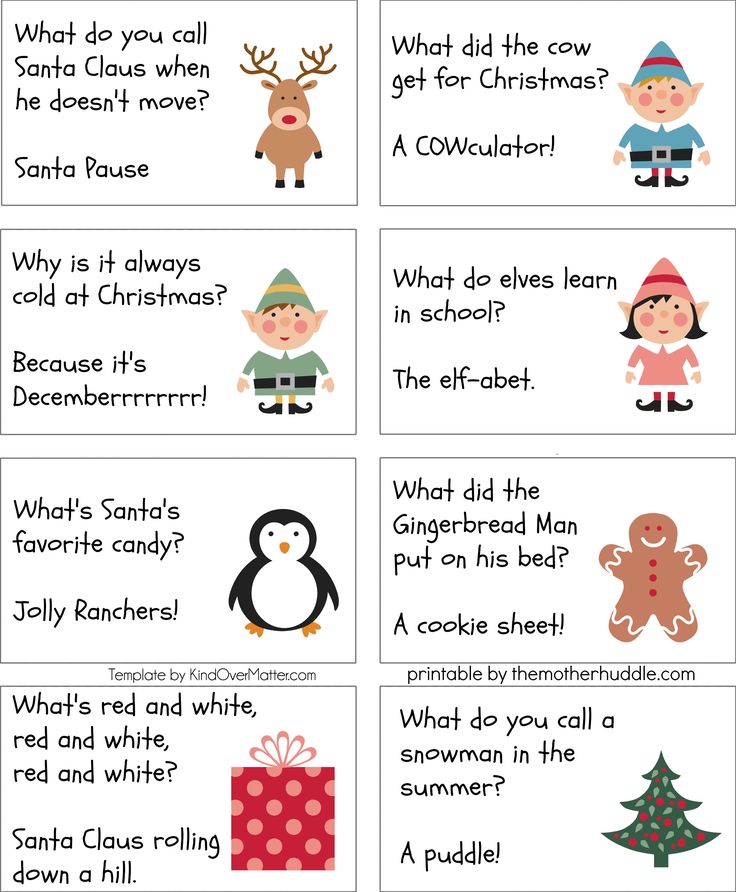 S. Pushkin; you will need to use the examples you found for the answer, and not taken from the textbook).
S. Pushkin; you will need to use the examples you found for the answer, and not taken from the textbook).
Rhyme is the consonance at the end of two or more words. It is most commonly used in poetic speech and in some eras in some cultures acts as its obligatory or almost obligatory property. nine0347 There is a pair rhyme, cross rhyme, encircling (ring) rhyme.
1. cross, when the first line rhymes with the third, the second with the fourth, etc.:
In the depths of the Siberian ores
Keep proud patience
Your mournful work will not be wasted
And thoughts of high aspiration.
AS Pushkin "In the depths of Siberian ores..."
2. paired rhyming, when two adjacent lines rhyme with each other.
Yevgeny's fate kept;
At first Madame followed him,
Then Monsieur replaced her.
The child was sharp, but nice.
ASPushkin "Eugene Onegin"
3. ring (otherwise - girdle), when the first line rhymes with the fourth, and the second with the third:
There were many of us on the canoe;
Others strained the sail,
Others unanimously rested
The oars are powerful in depth.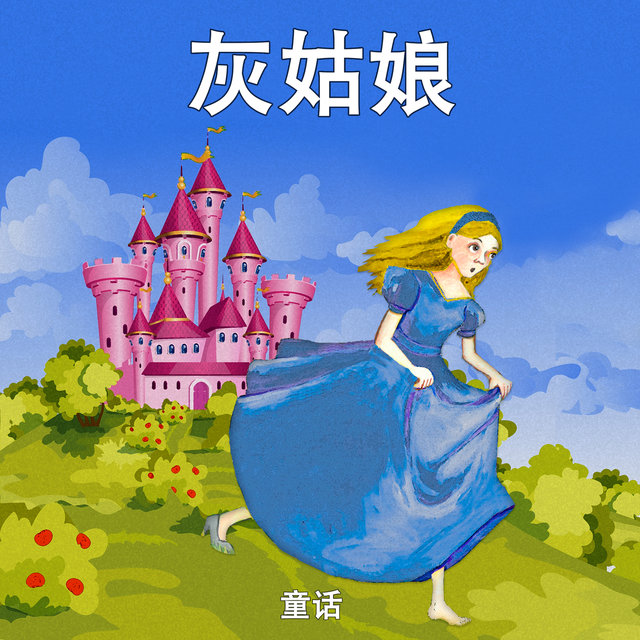 In silence
In silence
A.S. Pushkin "Arion"
Task №4
What role did the nanny play in the life of A.S. Pushkin? What poems did he dedicate to her?
The nanny played a very important role in the poet's life. She was engaged in his upbringing, instilled a love for Russian speech. In exile in Mikhailovsky, she was next to the poet, telling him her tales. Subsequently, the poet put these tales into verse. Pushkin dedicated to his nanny one of the poems known to us "Nanny", "Winter Evening", "I myself am not happy with my talkativeness."
Task №5
Read A.S. Pushkin "The Tale of the Dead Princess and the Seven Bogatyrs".
In the work of the great Russian poet A.S. Pushkin a special place is occupied by poetic tales. Despite fictional plots, Pushkin's fairy tales are very close to Russian folk tales. Such is the Tale of the Dead Princess and the Seven Bogatyrs. What main themes of this tale resonate with folk themes? What are the features of folk tales that we find in the "Tale of the Dead Princess and the Seven Bogatyrs".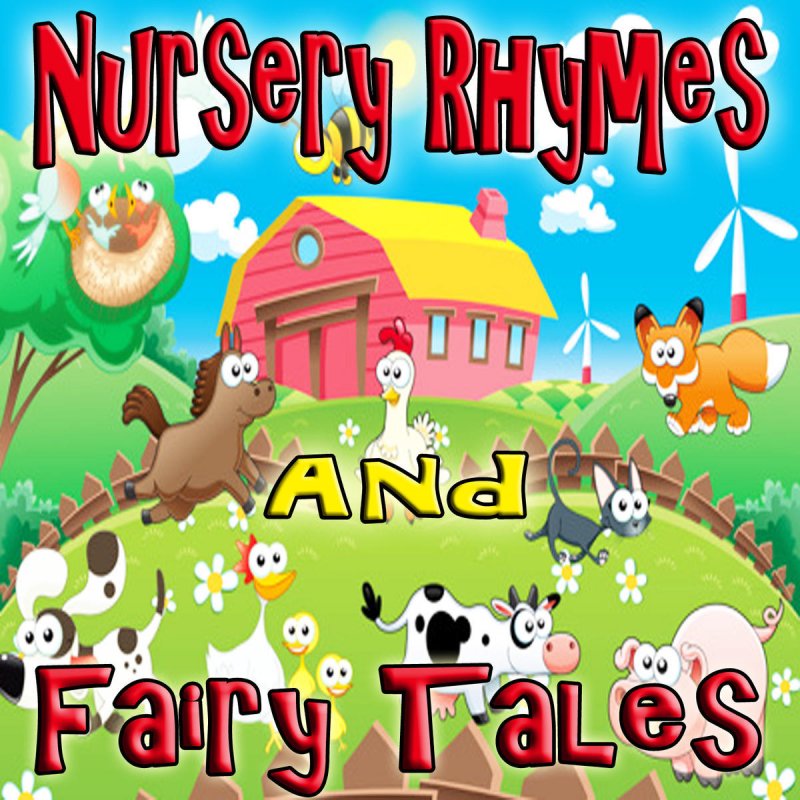
The theme of kindness, envy, love and fidelity. You can also highlight the theme of betrayal. nine0347 The fairy tale About the dead princess has something in common with the fairy tale "Morozko", in which the same evil stepmother lived her stepdaughter out of the world.
The way Elisha was looking for his princess can be compared with how the prince in the fairy tale "The Frog Princess" is looking for Vasilisa.
Task No. 6
Images of A.S. Pushkin "The Tale of the Dead Princess and the Seven Bogatyrs" are closely intertwined with the images of Russian folk tales. Here there are the same characters as in folk tales and epics: the king, the queen, the princess, the heroes, the sorceress. The plot of this tale is also close to folk themes: the struggle between good and evil and the final triumph of justice. nine0009
The author describes his characters, their appearance and character very vividly and figuratively. Here is how this is shown in the example of the image of the evil stepmother:
To tell the truth, young woman
Indeed, she was a queen:
Tall, slender, white,
And she took everything with her mind!
But on the other hand, she is proud, shaky,
Wayward and jealous…
Her imperious and rude nature is also manifested in her speech:
"Oh, you vile glass!
You're lying to spite me!"
The image of the stepmother - a deceitful, selfish and hypocritical woman is closely intertwined with the image of an evil sorceress from Russian folk tales.